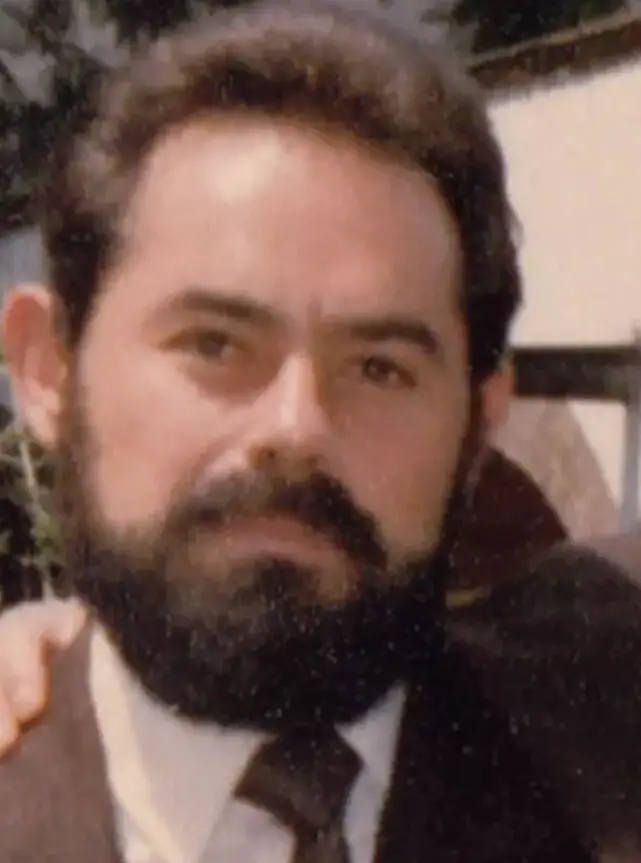Jacobo Grinberg Zylberbaum, a prominent Mexican scientist known for his unconventional research into the human mind, shamanism, and consciousness, mysteriously disappeared nearly 30 years ago, and his case remains unsolved. Born in Mexico City in 1946, Grinberg developed an early fascination with the human mind after the death of his mother from a brain tumor. This led him to pursue a Ph.D. in psychophysiology in New York before returning to Mexico, where he established a laboratory at Universidad Anáhuac and founded the National Institute for the Study of Consciousness.
Grinberg’s work combined traditional scientific methods with explorations into meditation, telepathy, and shamanism, which placed him on the fringes of the scientific community. He published over 50 books on these subjects, but his theories were often dismissed by mainstream scientists. Among his most controversial ideas was a belief in a holographic simulation of reality, akin to the concept popularized by The Matrix. He theorized that the mind could actively interact with and manipulate perceptual reality.

On December 8, 1994, just before his 48th birthday, Grinberg vanished without a trace, sparking a flurry of conspiracy theories. Some speculated that he had been kidnapped by the CIA or even abducted by aliens, while others believed that his deep dive into shamanism and consciousness studies led him to slip into another dimension. Despite extensive investigations, the only possible lead was a supposed sighting by a gas station worker in New Mexico, but Grinberg has never been found.
Grinberg’s disappearance remains one of the most chilling mysteries in the world of science, leaving behind questions about the nature of reality and consciousness that he dedicated his life to exploring. The lack of closure has only fueled further speculation, with his story continuing to intrigue and baffle those who study his work and the circumstances surrounding his vanishing.




